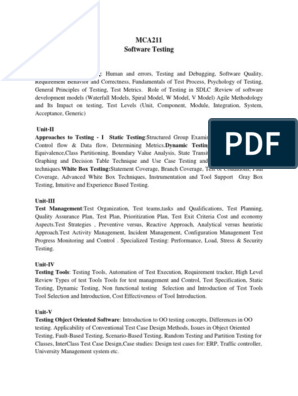0% found this document useful (0 votes)
38 views30 pagesWeek 02 Lesson in UCSP 1
This document discusses concepts of culture and society. It defines society as a group of people living together and following common laws, values, and traditions. Culture refers to beliefs, experiences, and ways of life shared by a group. Society and culture influence each other in a complex relationship. Key elements of culture include symbols, language, systems of values, and social norms. Culture is a learned, shared, dynamic process that is transmitted between members of a society.
Uploaded by
zcondezCopyright
© © All Rights Reserved
We take content rights seriously. If you suspect this is your content, claim it here.
Available Formats
Download as PPTX, PDF, TXT or read online on Scribd
0% found this document useful (0 votes)
38 views30 pagesWeek 02 Lesson in UCSP 1
This document discusses concepts of culture and society. It defines society as a group of people living together and following common laws, values, and traditions. Culture refers to beliefs, experiences, and ways of life shared by a group. Society and culture influence each other in a complex relationship. Key elements of culture include symbols, language, systems of values, and social norms. Culture is a learned, shared, dynamic process that is transmitted between members of a society.
Uploaded by
zcondezCopyright
© © All Rights Reserved
We take content rights seriously. If you suspect this is your content, claim it here.
Available Formats
Download as PPTX, PDF, TXT or read online on Scribd
/ 30





















































































